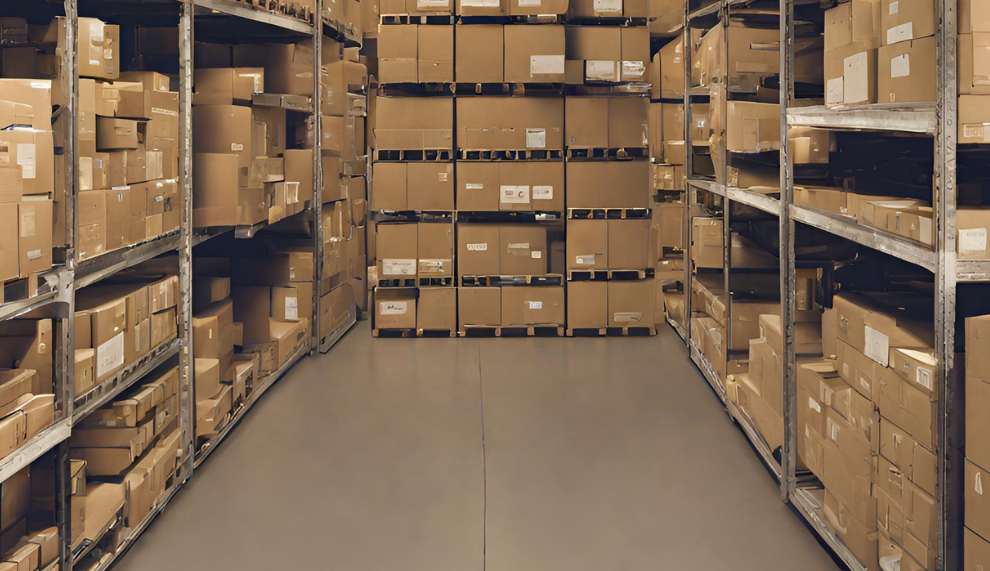Construction web-based asset and inventory tracking software is a type of technology that helps construction companies track their assets and inventory in real time. This innovative software typically utilizes various technologies, such as barcodes, RFID, GPS, and cloud computing, to monitor the location, usage, and condition of construction equipment, tools, materials, and supplies. In addition, the software typically includes features such as inventory management, equipment tracking, maintenance scheduling, and reporting.
By using web-based construction asset and inventory tracking software, construction companies can gain greater visibility and control over their assets, improving efficiency, productivity, and profitability. In addition, the software can help companies reduce equipment loss and theft, optimize the allocation of resources, reduce costs and downtime, and ensure compliance with regulatory requirements.
Overall, construction asset and inventory tracking software can help you optimize operations and achieve better project outcomes. If you are relying on antiquated methods for managing inventory, it’s time innovate.
Below are 20 tips for improving your ability to track assets for building effectively and some of the benefits for staff heavily reliant on assets to build successful projects.
Single source of truth for keeping track of all assets, including equipment, tools, and materials.
Assign unique identification numbers to each asset to quickly identify and track them.
Use GPS tracking to monitor equipment and vehicles in real time.
Implement regular maintenance and inspection schedules for equipment to ensure optimal performance and longevity.
Develop a comprehensive inventory management system that tracks the movement of materials and supplies.
Conduct regular physical inventory checks to reconcile asset data with the actual inventory.
Utilize RFID or barcoding technology to automate data collection and reduce errors.
Train employees on proper asset handling and tracking procedures.
Establish a system for reporting lost or stolen assets and conducting investigations.
Keep accurate records of asset depreciation for tax and accounting purposes.
Use cloud-based storage to keep track of asset information, including maintenance schedules, repair history, and warranty information.
Implement a system for managing rental equipment and tracking usage and costs.
Create an asset disposition plan to determine when to retire or sell equipment and tools.
Use data analytics to identify trends and make informed decisions about equipment and material purchases.
Implement security measures to prevent theft and vandalism of assets, such as cameras and fences.
Conduct regular training on safety procedures and protocols to prevent accidents and asset damage.
Implement a system for tracking fuel usage and costs for vehicles and equipment.
Assign responsibility for asset tracking to specific individuals or departments to ensure accountability from check-out to check-in. This especially important when employees leave positions.
Conduct regular audits to ensure compliance with regulations and policies.
Continuously monitor and evaluate asset tracking procedures and adjust to improve efficiency and accuracy.
What are the benefits of construction asset tracking for the Back Office, Warehouse Managers, and Field Supervisors? Many of the benefits cross-over to positively impact the entire construction business.







Leave a comment